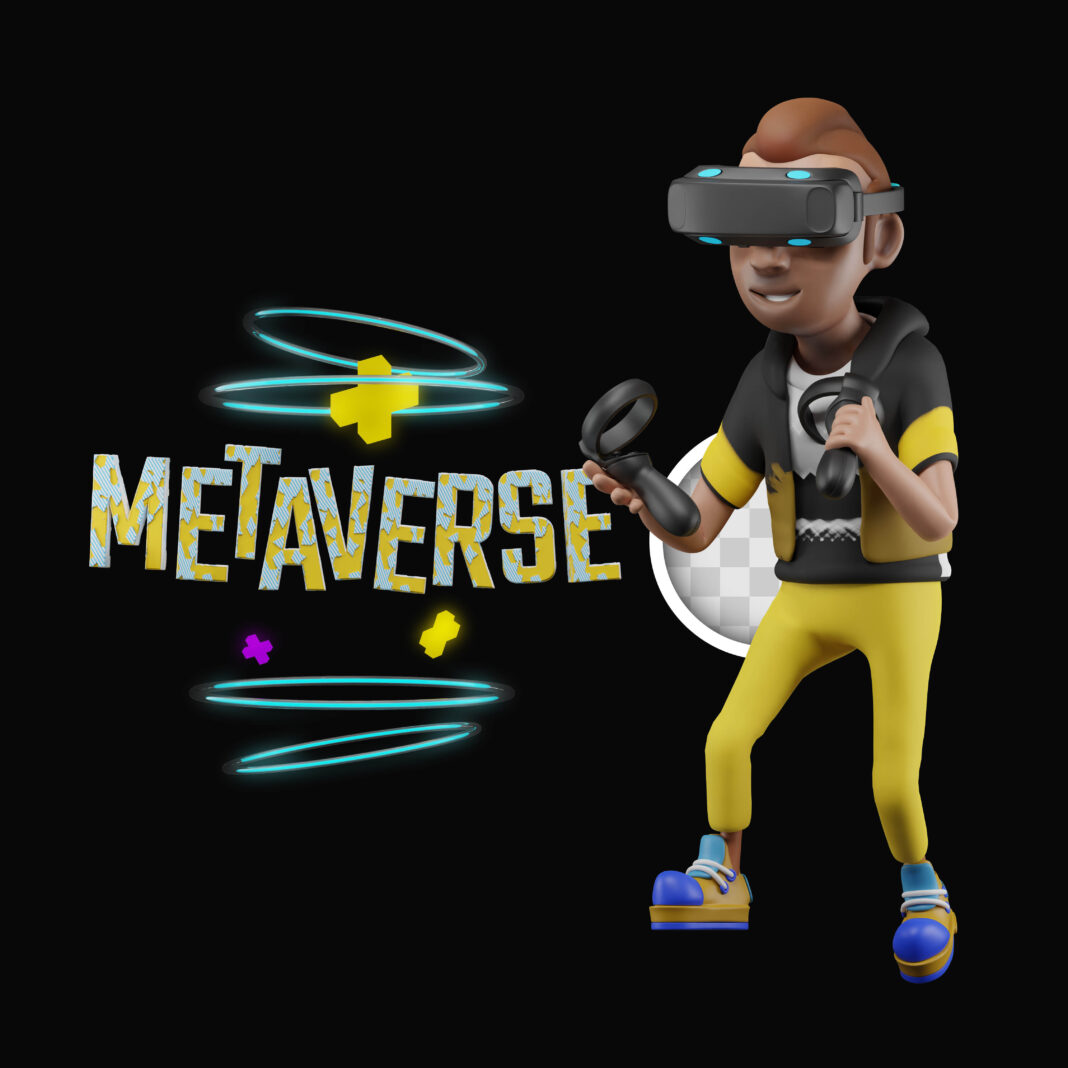Fighting games are one of the most competitive, skill-driven, and culturally significant genres in gaming. No franchise has influenced this space more than Street Fighter. What began as a simple arcade game in 1987 evolved into a global phenomenon that shaped competitive gaming, inspired countless imitators, and became a cornerstone of pop culture.

This isn’t just a history lesson—it’s an exploration of how Street Fighter revolutionized game design, created new ways for players to compete, and left an indelible mark on the industry. We’ll break down its evolution, the mechanics that changed gaming forever, and why it remains relevant decades later.
The Origins of Fighting Games and the Birth of Street Fighte
Before Street Fighter, arcades were filled with side-scrolling beat ‘em ups (Double Dragon), shooters (Contra), and puzzle games (Tetris). The idea of two players facing off in hand-to-hand combat existed in early titles like Karate Champ (1984) and Yie Ar Kung-Fu (1985), but these games were rudimentary—limited to basic punches, kicks, and stiff movement.
Capcom’s Street Fighter (1987) changed that. It introduced:
- Special Moves: The Hadouken, Shoryuken, and Tatsumaki Senpukyaku required precise joystick motions, adding a skill gap between casual and dedicated players.
- Six-Button Layout: Unlike other games with just one or two attack buttons, Street Fighter used six (three punches, three kicks), allowing for varied combat styles.
- Pressure-Sensitive Controls: Some arcade cabinets had punch/kick strength tied to how hard players hit the buttons—a novel but flawed system that often damaged machines.
Despite its innovations, the first Street Fighter had issues. The AI was brutal, the controls were inconsistent, and the single-player experience felt repetitive. Yet, it planted the seed for what would come next—a sequel that would redefine gaming.
Street Fighter II: The Revolution That Changed Gaming Forever
If the original Street Fighter was a rough prototype, Street Fighter II: The World Warrior (1991) was the finished masterpiece. It didn’t just improve upon its predecessor—it created the blueprint for all fighting games that followed.
Why Street Fighter II Was a Game-Changer
- Diverse Roster with Unique Playstyles
- Ryu and Ken were balanced shotoclones (fireball, dragon punch, hurricane kick).
- Zangief relied on grappling and brute strength.
- Dhalsim used long-range limbs and fire breath to zone opponents.
- Guile’s charge moves introduced a new playstyle (hold back, then forward + punch).
- The Discovery of Combos
- Originally, combos weren’t intentional. Players found that certain attacks could chain together seamlessly, leading to higher damage.
- Capcom noticed this and formalized combos in later updates (Street Fighter II Turbo).
- Arcades as Social Hubs
- Street Fighter II wasn’t just a game—it was an event. Crowds gathered around cabinets to watch skilled players battle.
- The concept of “winner stays, loser pays” became standard, fueling rivalries and local legends.
- Continuous Updates (Before DLC Existed)
- Champion Edition (1992) let players control bosses like Vega and M. Bison.
- Hyper Fighting (1992) sped up gameplay, making matches more intense.
- Super Street Fighter II (1993) added new fighters (Cammy, Fei Long, Dee Jay, T. Hawk).
The Cultural Impact
- Street Fighter II merchandise exploded—cartoons, toys, and even a live-action movie (though not a great one).
- It inspired competitors like Mortal Kombat (1992), which used digitized actors and fatalities to stand out.
- The game’s success proved that fighting games could be more than niche—they could dominate the industry.
The 90s Golden Age: Street Fighter Alpha, III, and the Rise of Competitors
After Street Fighter II, Capcom experimented with new directions while competitors pushed the genre forward.
Street Fighter Alpha: A Faster, Stylish Alternative
- Alpha (1995) introduced chain combos (light attacks leading into heavies) and air blocking.
- The art style shifted to a vibrant anime aesthetic, differentiating it from SFII.
- Characters like Akuma (Gouki in Japan) debuted, becoming fan favorites.
Street Fighter III: The Hardcore Fan’s Dream
- SFIII (1997) initially disappointed fans for ditching most of the classic roster (only Ryu and Ken returned).
- However, Third Strike (1999) is now considered one of the greatest fighting games ever, thanks to:
- The Parry System: Instead of blocking, players could tap forward to deflect attacks, leading to mind games and legendary moments (like Daigo’s Evo 2004 comeback).
- EX Moves: Enhanced special attacks using meter, adding strategic depth.
Competitors That Shaped the Era
- The King of Fighters (1994) – SNK’s team-based fighter with intricate lore.
- Tekken (1994) – Namco’s 3D fighter with realistic martial arts.
- Marvel vs. Capcom (1998) – Hyper-fast tag-team battles with comic book flair.
The 2000s Decline and the Spectacular Comeback
By the early 2000s, fighting games were fading. Arcades declined, and many franchises struggled to adapt to consoles.
The Dark Age of Fighting Games
- Street Fighter went dormant after III.
- Capcom vs. SNK 2 (2001) was a cult hit but didn’t revive the genre.
- Mortal Kombat and Tekken kept releasing games, but interest waned.
Street Fighter IV: The Revival (2008)
- Why It Worked:
- Returned to 2D gameplay but with 3D graphics.
- Focus Attacks allowed defensive counterplay.
- Online multiplayer made competitive play accessible.
- Impact:
- Revitalized the entire genre—Mortal Kombat (2011), Tekken 7 (2015), and Guilty Gear all saw renewed success.
- EVO Championship Series grew from niche to mainstream, with SFIV as a flagship title.
Street Fighter V, VI, and the Future of Fighting Games
Street Fighter V’s Rocky Start and Redemption
- Launched in 2016 with missing features (no arcade mode, poor netcode).
- Over time, it improved with:
- Seasonal DLC Characters (like Akuma, Luke).
- Cross-Play (PS4 and PC players could fight together).
- Capcom Pro Tour solidified its place in esports.
Street Fighter 6: A New Era (2023)
- Key Innovations:
- Drive System – A universal mechanic for offense and defense.
- World Tour Mode – An open-world RPG-like story mode.
- Modern Controls – Simplified inputs for newcomers.
- Critical Reception:
- Praised for accessibility without sacrificing depth.
- Considered one of the best fighting games ever made.
FAQs
Q: Why is Street Fighter II still talked about today?
A: It defined the genre’s fundamentals—combos, character balance, and competitive play—and remains a benchmark for game design.
Q: What’s the most technical Street Fighter game?
A: Street Fighter III: Third Strike has the highest skill ceiling due to its parry mechanics.
Q: How did Street Fighter influence esports?
A: It popularized fighting game tournaments, leading to events like EVO with thousands of competitors.
Q: Is Street Fighter 6 good for beginners?
A: Yes, the Modern Controls simplify inputs, but Classic Controls are there for veterans.
Final Thoughts
Street Fighter isn’t just a game series—it’s a cultural force. From arcade cabinets to EVO championships, it has shaped how we think about competition, skill, and community in gaming. With Street Fighter 6, the franchise continues to innovate while respecting its roots.
Whether you’re a casual player or a tournament veteran, Street Fighter’s legacy is undeniable. And as long as there are players willing to throw a Hadouken, its impact will keep growing.

